Lunate Dislocation
Table of Contents
What is a Lunate Dislocation?
Lunate dislocations are rare traumatic wrist injuries that require immediate treatment and surgical rehabilitation. The lunate is displaced and twisted volar.
The remaining carpal bones are in a normal anatomic function around the radius. These must not be mistaken with perilunate dislocations in which the radio lunate articulation is kept and the rest of the carpus is displaced dorsally.
Anatomy
Bones
The lunate is one of the eight carpal bones found in the wrist. These eight bones are placed into two rows with four bones in each.
- The proximal row, laterally to medially, contains the scaphoid, lunate, triquetrum, and pisiform.
- The distal row: trapezium, trapezoid, capitate and hamate (laterally to medially).
- Scaphoid bone (left hand) – The lunate bone articulates laterally with the scaphoid, medially with the triquetrum, and distally with the capitate and hamate.
Ligaments
Various ligaments connect to the dorsal and palmar surfaces of the carpal bones and hold them together and deliver stability in the wrist. Most of the ligaments are named concerning the two bones they connect.
Interosseous ligaments
- run between the carpal bones
- scapholunate interosseous ligament
- lunotriquetral interosseous ligament
- major stabilizers of the proximal carpal row
Intrinsic ligaments
- ligaments that both insert and originate around the carpal bones
- dorsal intrinsic ligaments
- volar intrinsic ligaments
Extrinsic ligaments
- connect the forearm bones to the carpus
- volar extrinsic carpal ligaments
- dorsal extrinsic carpal ligaments
Epidemiology
Lunate dislocations are very common in immature adults with a mode of high-energy trauma caused by the loading of a dorsiflexed wrist.
Overall, carpal dislocations contain less than 10 percent of all wrist injuries. Lunate dislocations are far less expected than less intense perilunate dislocations.
Cause of Lunate Dislocation
- Mechanism of injury
- Traumatic, high energy
- Occurs when the wrist is extended and the ulnar deviated
- Falls
- Athletic injuries
- Industrial accidents.
Symptoms of Lunate Dislocation
Patients present with wrist pain following a fall. Volar wrist swelling is generally major. The swelling usually induces a reduction in 2-point discrimination in the median nerve distribution because of acute carpal tunnel syndrome. Patients frequently prefer to hold their digits in partial flexion because of pain on extension.
Differential Diagnosis
As with all other cases, other possible diagnoses should be ruled out before an absolute diagnosis of lunate dislocation can be decided. These other related diagnoses for the wrist can be depending on the involved area of pain or symptoms.
Radial Wrist Pain
- Carpal Tunnel Syndrome
- First Carpometacarpal Osteoarthritis
- De Quervain’s
- Colles’ Fracture
- Scaphoid Fracture
- C6-C7 Radiculopathy
Non-Specific Wrist Pain
Mechanical Wrist Pain –People who have symptoms suspected of scapholunate dislocation with unremarkable findings on other workups may have an injury for example wrist strain or sprain, joint dysfunction, or repetitive strain damages. Tests that differentiate between these diagnoses usually do not have called as reliability or diagnostic accuracy. Thus, if a precise diagnosis cannot be made with assurance, and red flags are ruled less likely, the most precise diagnosis may be referred to as “mechanical wrist pain,” which is primarily a diagnosis of exclusion. Intervention would consist of addressing the identified impairments for example joint hypomobility, reduced muscle length, or lessened strength
Treatment of Lunate Dislocation
Conservative
Conservative treatments are performed to deliver symptom relief. The patient may aid from immobilization with a long opponens or a wrist control splint. The patient must also be instructed to prevent any axial loading of the wrist (i.e. resistive fisting), which can be accomplished by using a splint with a distal block that avoids digits flexing.
Surgical treatment in Lunate Dislocation
Surgery is suggested if there is a consequential degree of injury to the ligaments in question or if conservative interventions fail. Surgery can be executed to repair the injured ligaments that are resulting in instability or to fixate or merge the carpal bones.
It has been discovered that soft tissue repair is the preferred surgical intervention in acute circumstances, while there is no stated intention in chronic circumstances. Results are best after soft tissue repair but there is no significant difference between acute and chronic circumstances.
Post-Surgical treatment
Patients may aid from earlier, controlled mobilization post-operatively through the use of a hinged wrist splint. After surgical repair by use of a tendon transfer, the wrist is immobilized. Nevertheless, immediate mobilization should happen at the shoulder, elbow, forearm, and fingers and the patient should continue light activities.
At 4 weeks postoperatively, protected wrist exercises may start; torsion and the use of hand tools are to be prevented. Advanced strengthening and conditioning may start at 6-8 weeks post-operatively and progress is determined per patient. Manual work and recreation can renew (gradually) at three months.
FAQ
People with lunate dislocations normally deliver after a high-impact fall onto an extended wrist. Generally reported signs to have pain in the wrist, swelling, reduced sensation, or paresthesia in the median nerve distribution secondary to carpal tunnel damage.
Lunate dislocation is unusual damage happening in young adults because of high-energy trauma. The volar displacement of the bone may outcome in compression of the median nerve within the carpal tunnel and is an unusual reason for entrapment neuropathy.
What are the difficulties of lunate dislocation?
Difficulties possess post-traumatic arthrosis, median nerve impairment, complex regional pain syndrome, tendon issues, and instability in carpals. Despite proper treatment, loss of wrist motion and grip strength, as well as continued pain, is expected.
Scaphoid Shift Test (Watson Test)
The examiner passively moves the patient’s wrist into ulnar deviation and small extension. The examiner passively and gradually moves the patient’s wrist into radial deviation and little flexion. The examiner releases compression on the scaphoid.
The “type II” lunate articulates with two distal carpal bones — the capitate and hamate. A: The type II lunate result in altered mechanics in the wrist, leading to accelerated cartilage loss at the hamate-lunate articulation and impingement with bone marrow edema (the unnatural sign).

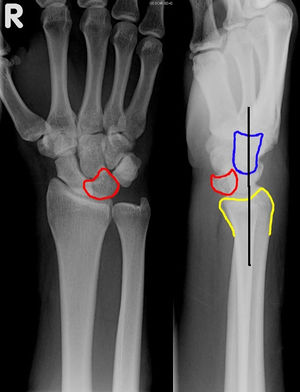
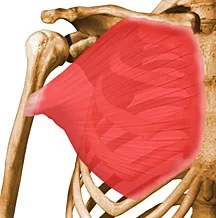


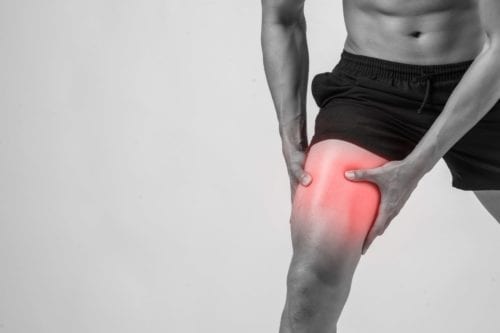
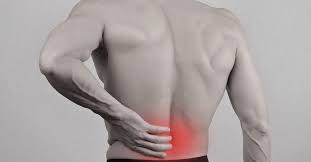
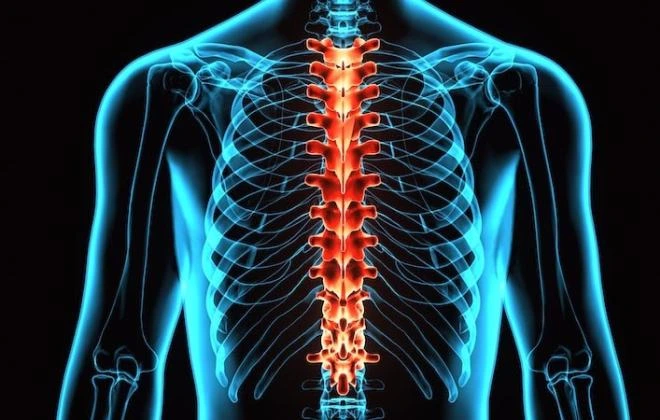
2 Comments